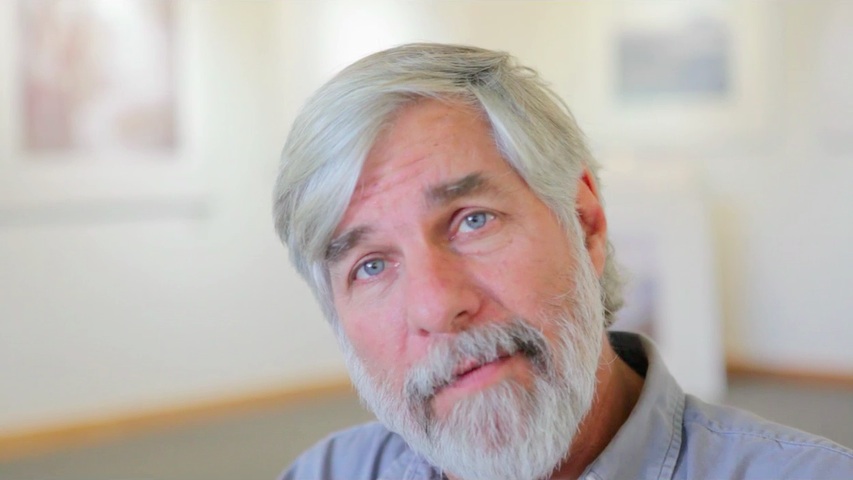TUTORIAL
Check Exposure and Composition
A Video Transcript
It’s ironic that one of the real advantages of digital photography, the ability to see the images at the time you make the photograph, is also now being subjected to some derision by people suggesting that if you take the time to look at your photographs after you make them, you are somehow not taking advantage of the flow of time and you might miss some images.
Well I would contend that one of the real advantages of being able to fine tune the exposure into the kind of photograph that you want, is the ability to look at the photograph after you have made it. The idea being to take that guess that the light meter made, see how that actually recorded on the sensor by inspecting the histogram, and then modifying subsequent exposures if you need to, so that you really do take as full advantage of the sensor, the tonal range definitions of the image, and be able to move the image into the best possible quality that you can.
You've got to remember that the light meter was always a guess of the exposure and we did our best to cope with the fact that it was a guess by having an 18 percent gray card to allow the light meter to see what it was expecting to see. Nowadays we still have to guess with the light meter as a starting point, but have the histogram as a measure of the exposure, therefore giving us a chance to see how the photograph actually recorded, rather than just a guess at the kind of light that is needed in order to stimulate the silicon sensor.
That kind of advantage alone would be reason enough to inspect the photograph after you make the exposure. But when you add to that the fact that we now have fairly high quality previews of the image that come with that histogram, naturally that is after all why that thumbnail gets put up there to begin with, we also have a chance to look at the photograph and try and understand what it is we have just done. So that we can look at nuances of composition, exposure, maybe areas that weren't quite as sharp from the depth of field choices that we made, that the thumbnail coupled with the fact that you can zoom in on it, scroll around on it and get an idea of what the image actually contains, start to move away from this metaphor of snapping, snapping, snapping, making a lot of photographs, and starts to encourage the opportunity to slow way down. Consider each photograph as a unique expression of your creative impulse or your reaction to the scene, and take that particular photograph that you’re making, even if it’s not that particular exposure, but that particular photograph seriously is a finished work of art.

Click image to go video clip.
And that doesn't come from a lot of rapid shooting except under those rare circumstances where that evolution of motion is critical. From my standpoint, especially as a landscape photographer, that careful seeing comes from slowing way down, looking carefully, considering exposure, considering the composition, considering the depth of field. The ability to look at the photograph after you have made it, to try and make a subsequent attempt at making it the best it can be, is one of the processes that I relish and cherish in this whole new digital photography workflow. Now we can look at the back of the camera and understand what we have done, learn from what we have just done to try and make the next attempt at making the next photograph the best it can be.
It’s a workflow that is not about a continuous stream of images, but taking seriously the photograph you are making at that moment as an individual expression, then working it through to completion just like you would if you were under a dark cloth on a 4x5 100 years ago, 20 years ago or even today still using a 4x5 view camera with all of the slow methodical care that that implies.

No comments:
Post a Comment